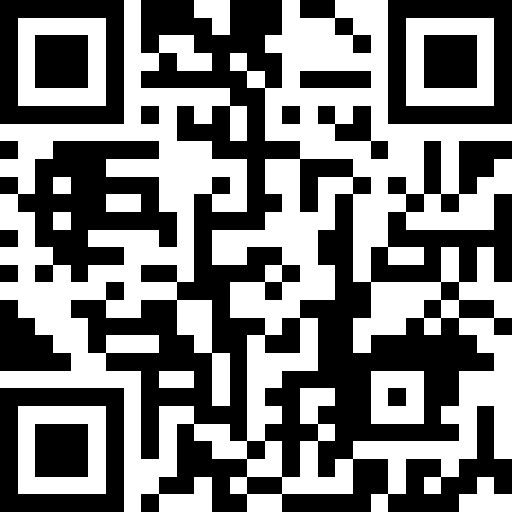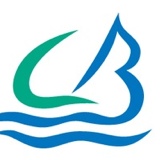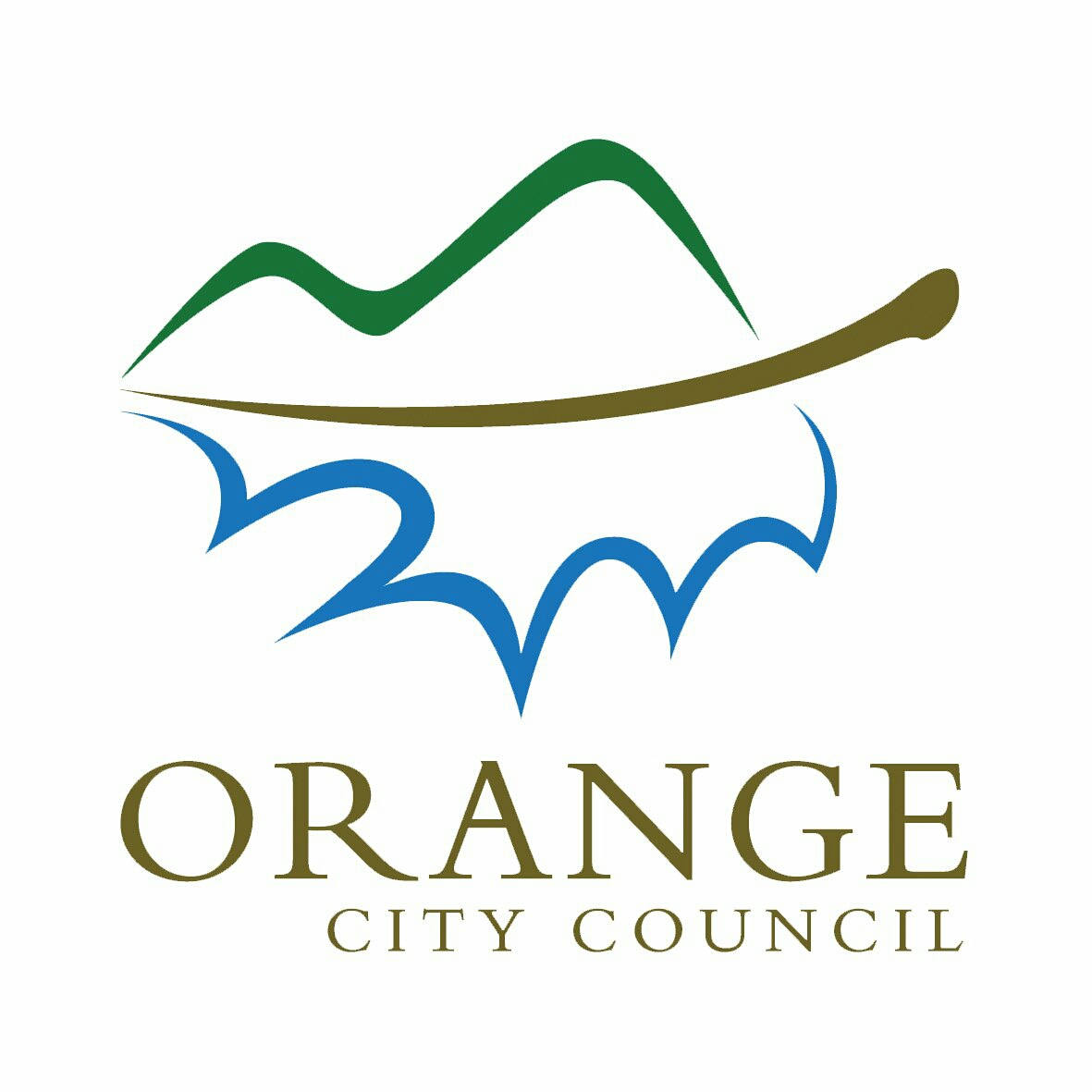Information
Skin Penetration Inspection
-
Client/Site
-
Inspection title
-
Conducted on
-
Prepared by
-
Inspection type
Operator Details
-
Trading Name
-
Address of Premises
-
Proprietor/Owner
-
Phone
-
E-mail
-
ABN/ACN
-
Notified to local government authority
-
Reference #
Procedures Conducted
-
Select Type of Audit
- Colonic Lavage
- Waxing
- Electrolysis
- Cosmetic Tattooing
- Dry Needling
- Tattooing
- Body Piercing
- Microdermabrasion
- Manicures & Pedicures
-
Other
General
-
Current business details are registered with Council (PHR Section 43)
-
Premises is in a clean and hygienic condition (PHR Section 34(1)(a))
-
Shelves, fixtures, fittings and surfaces are finished with a material that is durable, smooth, impervious and capable of being easily cleaned (LGGR Schedule 2)
-
Equipment is clean, dry and in good working order and stored in a clean, dry condition (PHR Section 34(2))
-
Adequate lighting and ventilation (LGGR Schedule 2)
-
Separate storage spaces for clean and dirty equipment, chemicals and personal belongings
-
Hand basin at the premises: Has clean, warm, potable water (PHR Section 34(1)(c))
-
Has liquid soap and an alcohol-based cleaner (PHR Section 34(1)(e))
-
Has single use towels or a working automatic hand dryer (PHR Section 34(1)(e))
-
Is not obstructed/not used for storage (PHR Section 34(1)(c))
-
Premises has a dedicated sink for cleaning equipment and is only used for cleaning equipment (PHR Section 34(1)(d))
-
Waste disposal bin provided (PHR Section 34(1)(b))
-
Appropriate sharps container provided (if procedures involve used of sharps) (PHR Section 36(1))
Hygiene
-
Treatment areas are cleaned between each client
-
Staff wash hands before and after touching client, conducting procedure, exposure to bodily substance, after removal of gloves
-
Single use gloves, are used and disposed immediately after procedure (PHR Section 39(1))
-
Hospital grade disinfectant is used
-
All creams and liquids decanted into single use containers or single use applicator (PHR Section 40(1))
-
Reusable equipment not used for skin penetration is cleaned between clients (PHR Section 38(6))
-
Single use disposable articles are disposed of immediately after use (PHR Section 38(3))
Waxing
-
Wax and waxing implements disposed of after each procedure (no double dipping) (PHR Section 41)
-
Wax rollers are only used on one client then disposed of (PHR Section 38(3))
Beauty Treatments
-
Reusable skin penetration articles are sterile before use (e.g. cuticle cutters, microdermabrasion heads, derma rollers etc.) (PHR Section 37)
-
Foot spas drained, cleaned, disinfected and dried after each use
-
Filter screen removed and disinfected daily
-
Foot spa soaked in disinfectant overnight at least weekly
Piercing
-
All needles are sterile and single use and disposed of into appropriate sharps container (PHR Section 36 and 38)
-
Piercing gun used for designated purpose only and cleaned and disinfected before each use (PHR Section 38(6))
Tattooing (including Cosmetic Tattooing)
-
Adequate supply of sterile disposable needles (PHR Section 36(2))
-
All needles are sterile, single use and disposed of into appropriate sharps container (PHR Section 36 and 38)
-
Inks and pigments decanted into single use containers for procedure (no reuse of decanted liquids) (PHR Section 40)
-
Sterile parts of the tattoo gun that will penetrate the skin not handled
Colonic Lavage
-
A toilet is provided for the use of clients that is: (PHR Section 35) For closed system - in close proximity to the treatment room
-
For open system - in the immediate vicinity of the treatment room
-
Speculum and catheter sterile before use (PHR Section 38(5))
-
Tubing and other difficult to clean and sterilise equipment is single use (PHR Section 37 and 38)
-
Certified backflow prevention device installed
-
A clean gown made of impermeable material is worn during the colonic lavage procedure (PHR Section 39(3))
Sterilisation
-
Reusable skin penetration equipment is sterilised in accordance with AS/NZS 4815:2006 (PHR Section 37)
-
All articles that penetrate the skin or have the potential to penetrate the skin are sterilised (PHR Section 38(5))
-
Reprocessing area is appropriately designed to minimise the risk of contamination
-
Dirty equipment is dismantled, cleaned and dried prior to sterilisation
-
Steam bench top autoclave used on site or instruments sent off site for sterilisation (PHR Section 37)
-
Equipment is packaged and labelled prior to loading in the autoclave (PHR Section 37 and AS/NZS 4815:2006 Section 3)
-
Autoclave is loaded so that steam can penetrate all areas of the equipment (no packages touching/overlapping) (PHR Section 37 and AS/NZS 4815:2006 Section 5)
-
Records for the sterilisation process kept for a period of 12 months and detail the time and date of sterilisation, temperature, pressure levels and how long instruments were sterilised (PHR Section 37(3))
-
Sterilisation records kept for 12 months for all instruments sterilised off site, records must include: date article was sent offsite and the name and address of the person sterilising the article (PHR Section 37(4))
-
Sterilised articles reprocessed if packaging damaged or contents still wet (PHR Section 37 and AS/NZS 4815:2006 Section 6.1.1(e))
-
At least one person present at the time the autoclave is being used who is adequately trained in the operation of the autoclave (PHR Section 37(2))
Inspection Summary/Comments
-
undefined
-
Outcome
- Satisfactory
- Reinspection
- Warning Letter
- Improvement Notice
- Prohibition Notice
- Penalty Notice
- Other
I have read this report and understand the contents
-
Owner/Employee signature
-
Authorised Officer's signature
Notes:
-
a. Instruments/equipment which penetrate the skin must be sterilised or single use
-
b. An instrument grade disinfectant should be used to disinfect instruments which do not penetrate the skin
-
c. A hospital grade disinfectant should be used to disinfect environmental surfaces
-
d. Compliance with AS/NZS 4815:2006 is necessary for the processing 'sterilisation' of instruments
-
e. Exemption from wearing gloves and aprons or gowns for hair removal (waxing) if there is potential for exposure to human bodily substances. See Public Health Regulation 2022, Clause 39 (4)
-
f. If procedure is conducted under the direction or supervision of a registered health professional i.e. nurse, doctor or acunpuncturist (as per legislation) inspection is not required. If they are unregistered, the Public Health Regulation 2022 applies.
-
h. Mobile premises must comply with the Public Health Regulation 2022
Broken Hill City Council contact details
-
Broken Hill City Council Jessica Ierace
240 Blende Street Environmental Health Officer
(PO Box 448) 08 8080 3300
Broken Hill NSW 2880 jessica.ierace@brokenhill.nsw.gov.au
www.brokenhill.nsw.gov.au












